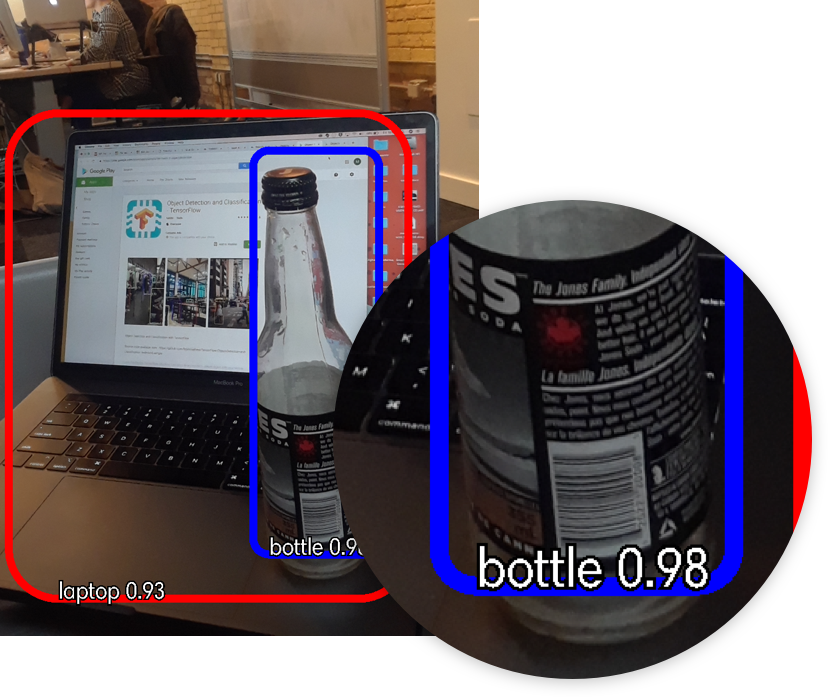Problem:
Users want to know how accurate results are when the system presents the results of a calculation.

Solution:
The system provides a visual indication of the confidence status of the calculation (as a percentage, by graphical indicator, or through another format).
Discussion:
When the operation of an algorithm is opaque to the user, it is hard for that user to assess how much trust to place in the calculation. Transparency in the algorithm is vital for the user to build a relationship of trust in the system. This transparency includes not just details of how the algorithm arrives at its results, but also honesty about its shortcomings. Displaying a confidence status allows the user to differentiate between reliable and unreliable outcomes, and to make more informed choices. It also works to mitigate the negative impression around inaccurate results and to amplify the feeling of success around accurate ones.
Other Examples:

